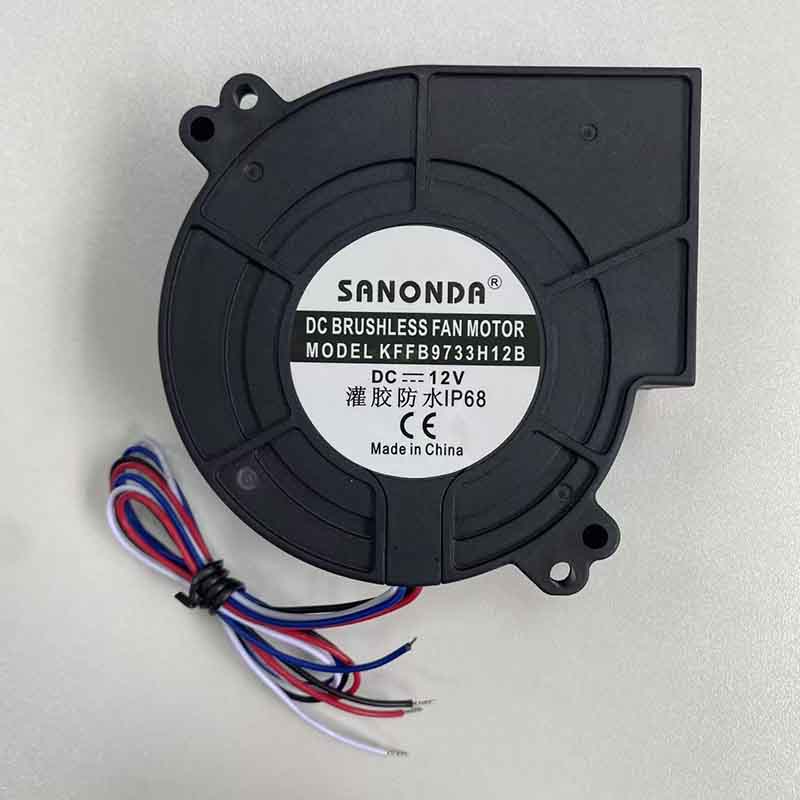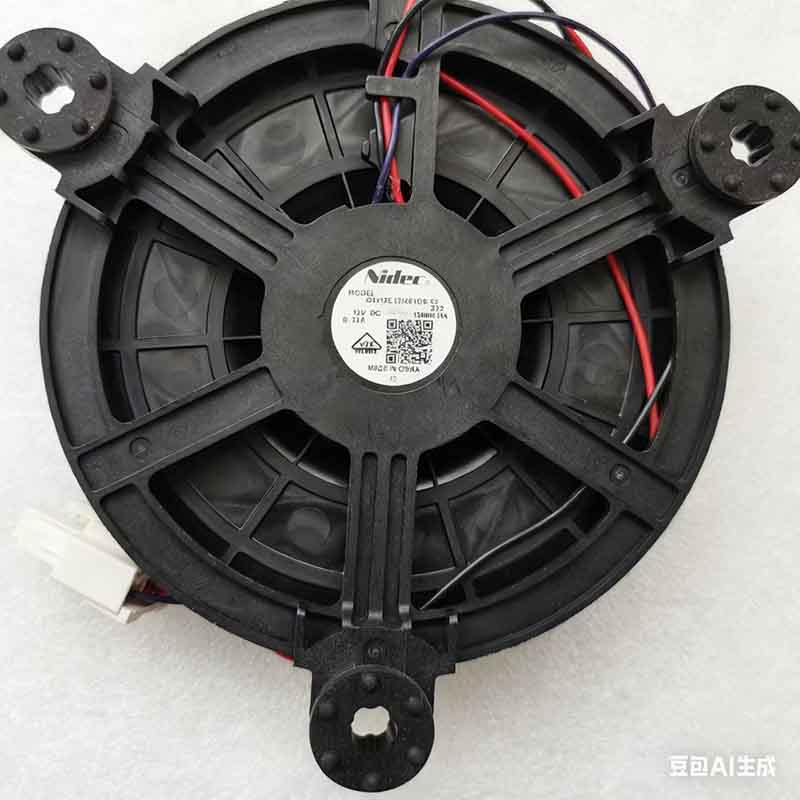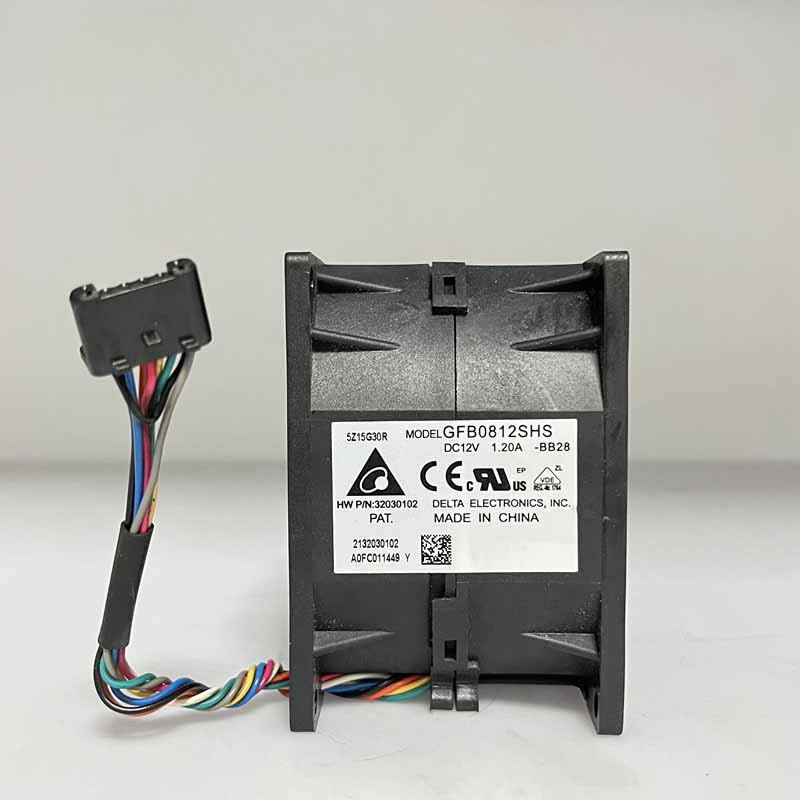Turbo Blower vs. Centrifugal Blower: Application & Performance
Core Differentiation
The fundamental distinction lies in their pressure-flow characteristics and operational efficiency across varying loads, making each suited to specific industrial needs.
1. Performance Curve Behavior
• Turbo Blower: Features a steep performance curve. Delivers relatively constant airflow even as system pressure fluctuates. Ideal for processes requiring stable airflow, such as wastewater aeration.
• Centrifugal Blower: Has a flatter performance curve. Airflow changes significantly with pressure variations. Better for applications where pressure is stable, and airflow demands are consistent.
2. Efficiency at Partial Loads
• Turbo Blower: Excels at partial loads. Equipped with high-speed permanent magnet motors and precise variable frequency drives (VFDs). Maintains high efficiency even when operating below full capacity, resulting in substantial energy savings.
• Centrifugal Blower: Optimized for full-load operation. Efficiency drops sharply when operating at reduced loads. Less suitable for processes with frequent or prolonged low-demand periods.
3. Typical Application Suitability
• Turbo Blower:
◦ Wastewater treatment plants (fine bubble aeration systems)
◦ High-pressure industrial air supply
◦ Processes requiring variable airflow with energy efficiency
• Centrifugal Blower:
◦ HVAC systems (building ventilation, air conditioning)
◦ Industrial exhaust and fume extraction
◦ Pneumatic conveying of bulk materials
◦ Combustion air for boilers and furnaces
4. Installation & Maintenance Considerations
• Turbo Blower:
◦ Compact design, smaller footprint
◦ Lower vibration and noise levels
◦ Requires clean inlet air; sensitive to particulates
◦ Higher initial cost but lower lifecycle energy costs
• Centrifugal Blower:
◦ Larger, heavier design
◦ Higher vibration and noise (may need dampeners/silencers)
◦ More robust against dirty inlet air
◦ Lower initial cost but higher energy consumption over time




